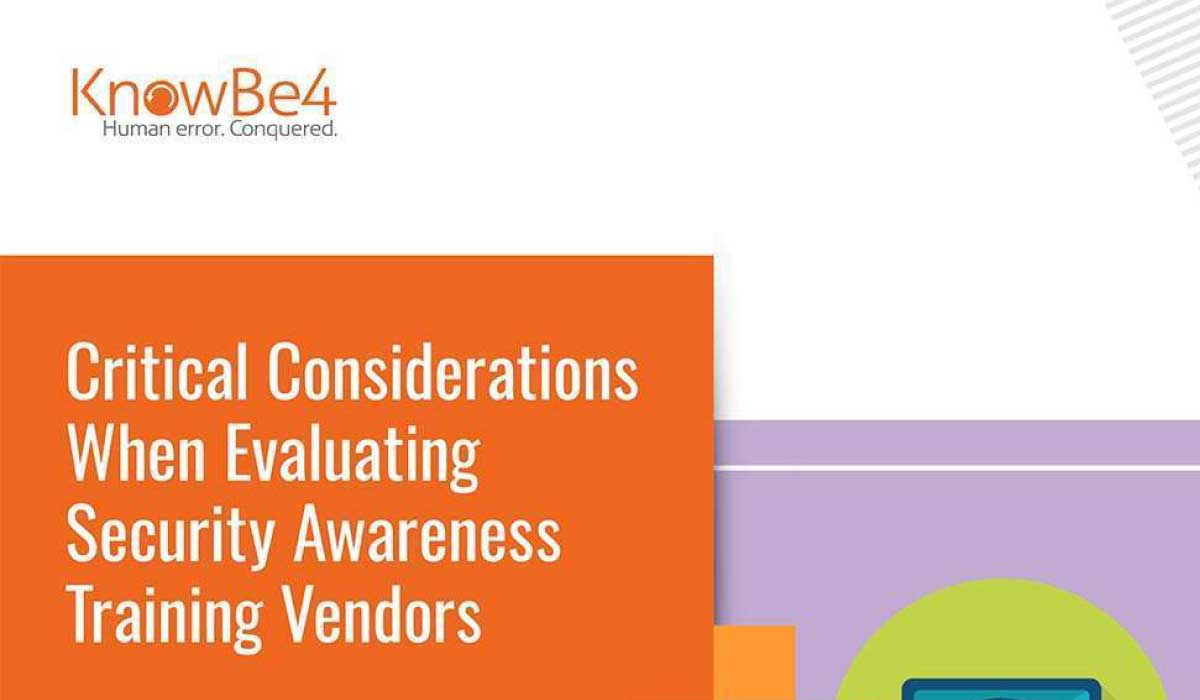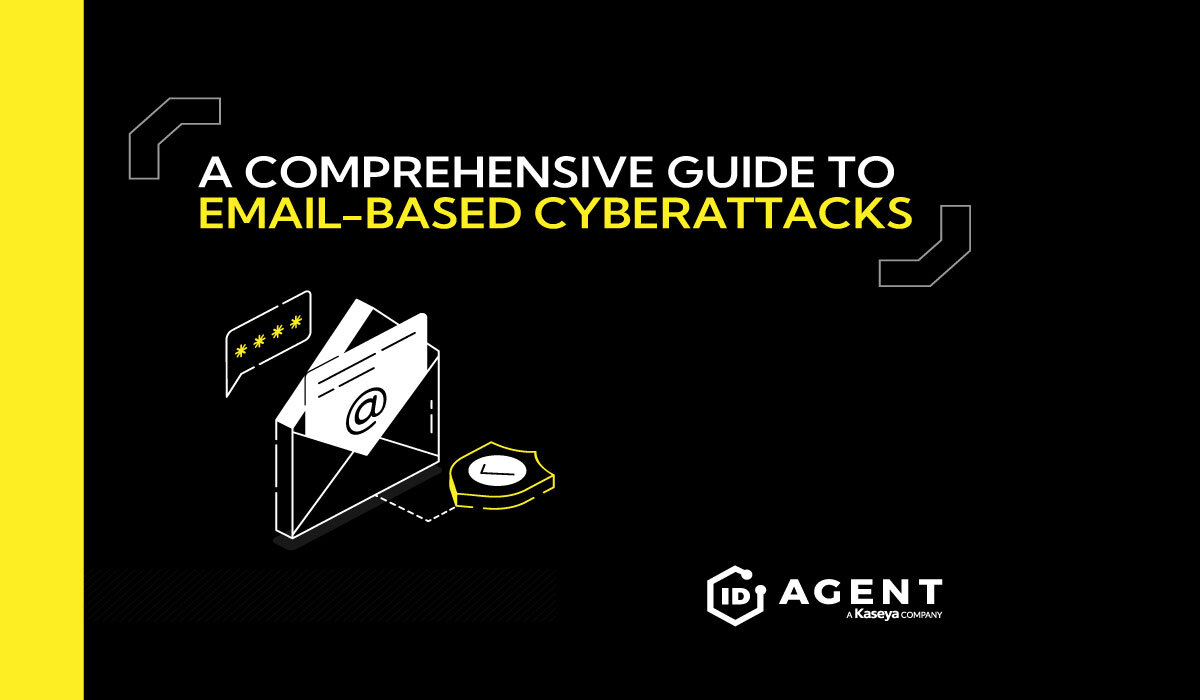Related Posts

6 Steps to Implementing a Zero Trust Model
Despite acknowledging its security benefits, many organizations hesitate to implement a Zero Trust model. The primary concern is that “brownfield” environments have too much technical debt to overcome, so it can be applied only to net new environments (greenfield). Further, organizations assume benefits can be realized only when everything has been Zero “Trustified” all at once — that there’s no in-between state on the road to Zero Trust that’s beneficial and achievable. According to Forrester’s Zero Trust framework, to achieve a complete Zero Trust posture, an organization must: • Implement least-privilege access across all workloads, networks, people, devices and data. • Ensure these controls are fully driven and maintained through automation. • Leverage visibility as a facilitator for #1 and #2. • Monitor continuously to maintain the integrity of the Zero Trust state. That’s quite a task. No wonder some companies choose to defer putting it into practice. But what if, instead of taking the “all or nothing” waterfall approach to delivering Zero Trust, we took a more incremental, agile approach that allows an organization to make small, realistic steps toward achieving Zero Trust. Download Now

Critical Considerations When Evaluating Security Awareness Training Vendors
The vendor landscape for security awareness training (SAT) is as diverse as it is innovative. Thismarket has changed significantly over the past several years as CISOs and security leaders nowseek to ensure that any SAT program is changing user behavior and empowering their business tounderstand, reduce and monitor employee cyber risk. An SAT vendor should provide a platform to accomplish this by: • Helping you develop broader thinking around security culture and human risk management • Provide the necessary tools to drive and measure behavioral change • Ensure your users become your organization’s human firewall and last line of defenseagainst cyber attacks and data breaches This white paper provides an overview of what to know before you evaluate SAT platforms,and most importantly, seven critical capabilities any SAT vendor should provide to help yourorganization achieve its goals. Download Now

The Email Security Guide: Essential Tips to Protect Your Inbox
It’s time to secure your most important digital asset! You use your email to sign up for services, reset passwords, communicate with various people and organizations, and so on. Naturally, your inbox contains a lot of information that’s immensely valuable to you. Given that your email account holds the key to your digital life, it’s vital to shield the former from potential attacks. And this guide can show you how to do so. The guide covers vulnerabilities in email, common email security mistakes, and tips to secure your email account. It also highlights secure email providers and email encryption tools. Plus, it explores the role of instant messaging apps in communication and whether they should replace email. Download Now


